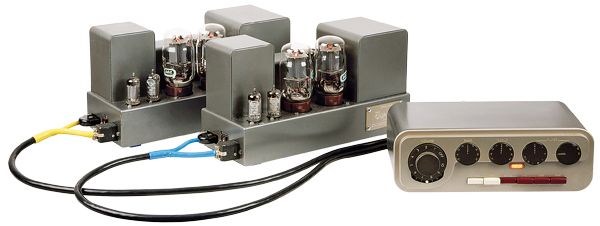mhardy6647
Lunatic Member
or this (these):



Long ago and far away, I had stacked-Quads — two per side. In fact I had a pair of stacked-Quads, a total of 8. And each was driven by its own perfectly-matched Quad II, the amp pictured above. This was in Cape Town, when "valves" were considered "obsolete" and people were selling them for peanuts, with their original tubes and plenty of NIB spares, as they rushed to Linn and Naim.
That right there is signature line material, that is....
A Therapist told me I should "never regret anything in life, it's not healthy."
"You never had stacked Quads," I replied...
Rob Holt, would a 500a be a good match for a set of 63s?
Quad recommended 100W for the ESL63, and released the 405 power amp at the same time. It was specifically designed to optimize the ESL63 — it was not "general purpose" and didn't sound as good with conventional speakers. Quad then released the 405–2, a more conventional version of the 405 for other speakers.IME the 63 needs a minimum of 50w and preferably 100w to let them go loud and stay clean.
released the 405 power amp at the same time. It was specifically designed to optimize the ESL63 — it was not "general purpose" and didn't sound as good with conventional speakers. Quad then released the 405–2, a more conventional version of the 405 for other speakers.
